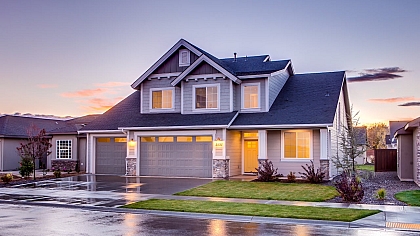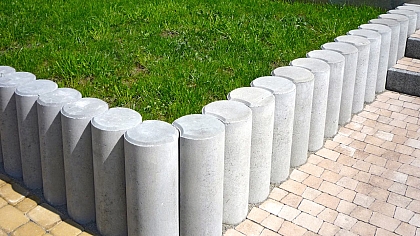
What is Earthen Architecture | Mud Architecture?
Using earthen materials for building is one of the oldest construction technologies in the world. It has been employed in construction for thousands of years by builders. Mud is an eco-friendly material with no harmful impact on the environment.
Earthen architecture is an ancient yet sustainable technology of construction that has been in use since Neolithic times. Mud is a wet and sticky substance that comes as a result of combining earth with water. Mud has been used as a building material in places where mud is easily and locally available in abundance. There are millions of people around the world who are even residing today in traditional rammed earth houses usually in various rural areas.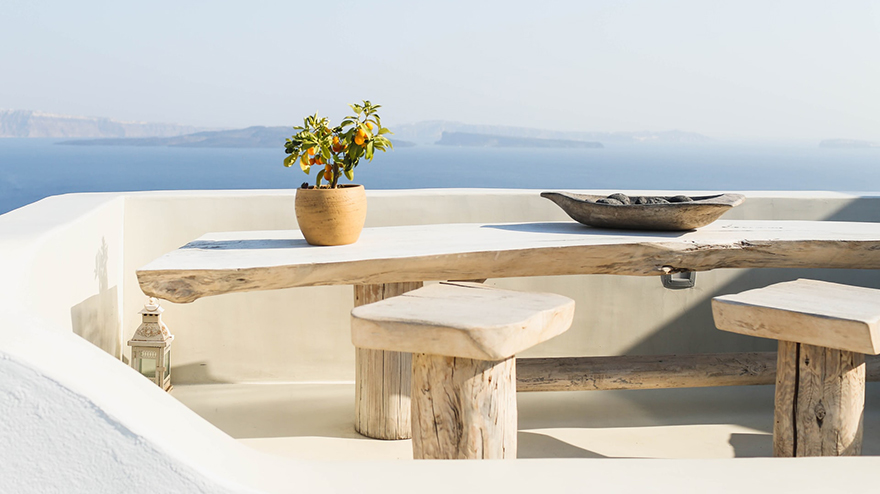
Significance of Climate in Mud Construction
The climate and location of a place play a significant role in the use of earthen construction technology. High humid climates with moderate temperatures are perfect for mud construction. Insulation materials may need to be added with mud construction techniques in locations where climates are colder. In places where it rains a lot, some measures are to be taken to protect from rain.
Mud Construction Technique
Earth is usually dug up to 2 feet or 60 cm depth. After reaching this depth, there is a subsoil layer comprised of sand, silt or clay. This mixture of sand and soil is then dug out and gathered together. The top layer of the earth is not used in mud construction as it has a lot of organic matter. Soil that is to be used as a building material should not contain organic matter.
Clay mixed with sand is compressed and rammed into building a wall. When it gets dried out, it often shrinks. During the rainy season, it becomes moist and gets expanded again which can result in cracks.
There are different types of soil composition at different places. When the soil available is not worthy and satisfactory enough to be used for building, some stabilizers can be added to the soil to make it strong. These stabilizers enhance the shear and tensile strength of the soil and decrease shrinkage.
Cement can be used as a contemporary stabilizer in modern times. Other local stabilizers such as straw, cow dung, lime, oil etc. may also be used to increase reinforcement of the earth.
Different Methods Of Mud Construction
Natural materials such as adobe and cob are used for the traditional construction of earth architecture. They are economical and widely available materials.
Adobe
Adobe is a dried mud brick rectangular in form, made up of natural earth mixed with water. Adobe is an old construction material shaped into bricks that are dried naturally in the sun without the use of a kiln. With adobe architecture and building technology, structures can be built up to two floors high.
Cob
Cob is also a naturally occurring building material made up of earth and water mixed with some natural fibrous materials such as straw or grass. Cob is used in situ construction and is built while it’s still in wet form, which makes it flexible to take any custom shape, including custom construction walls. Cob can be sculpted to create an organic form such as curved walls, domes, vaults, and arches. Cob structures can be built up to one floor high.
Rammed Earth
Rammed earth architecture or mode of construction is similar to the cob method. It is used to standardize the wall thickness in a structure. Two wooden planks are held parallel at some required distance from one another by using wooden blocks or metal rods. Thick mud is then poured between them and rammed with a wooden rod. As mud gets dried up, planks are removed and placed where the wall is to be built at another location of the site. Rammed earth structures can be built up to one floor high.

Superadobe
Superadobe is a form of construction that uses fabric tubes or bags known as earthbags. These earth bags are filled with mud or other fillings to create durable buildings, a construction concept established by Iranian architect Nader Khalili. Structures made using this technology appear like a beehive. Corbelled domes and corbelled arches are also built with this method. Earth bag structures have been built for many years, primarily by military men to make barriers and bunkers for defence.
Material used for tubing or bags is usually polypropylene and burlap. Polypropylene is a synthetic thermoplastic polymer resin and burlap is made of jute. They are also filled with sand, lime, cement, gravel, volcanic rock or rice hulls (protective coatings of rice grains). These bags or tubes are laid in courses to build walls. A loop of barbed wire is placed in between the courses of earthbags. This barbed wire performs as a mortar and binds the whole building together.
Compressed Earth Block
A compressed earth block (CEB) or compressed soil block is a natural construction material made up of moist earth compressed to make blocks at immense pressure. They are prepared mechanically by using an earth block press to make masonry blocks of clay and sand. These masonry units are laid like normal masonry practice using a mortar or a clay slurry. It is also known as a pressed earth block. When some chemical binding agent such as Portland cement is used to make blocks, they are called stabilized compressed earth blocks (SCEB).
Rammed Earth Tires
Rammed earth tyres are another building material where rubber tyres with steel belting are filled with earth that is compacted up to 95%. These tyres are laid in courses like conventional masonry work. The weight of rammed earth tyres may reach up to 300 pounds.
Earthen Construction in Modern Times
With the progress of construction technologies in the 20th century, modern construction materials such as plain cement concrete (PCC), reinforced cement concrete (RCC), concrete masonry units (CMU) and others came into use for building construction. Interest in traditional mud construction and vernacular architecture was lost. Slowly modern contemporary materials replaced traditional building materials. With time, man-made processed building materials started affecting the environment with adverse impacts.
As we are currently facing many environmental issues as well as scarcity of resources, many architects and engineering experts are going back to traditional modes of construction using naturally occurring materials like mud. Today many sustainable earthen structures are being created that comply with the building standards of modern times.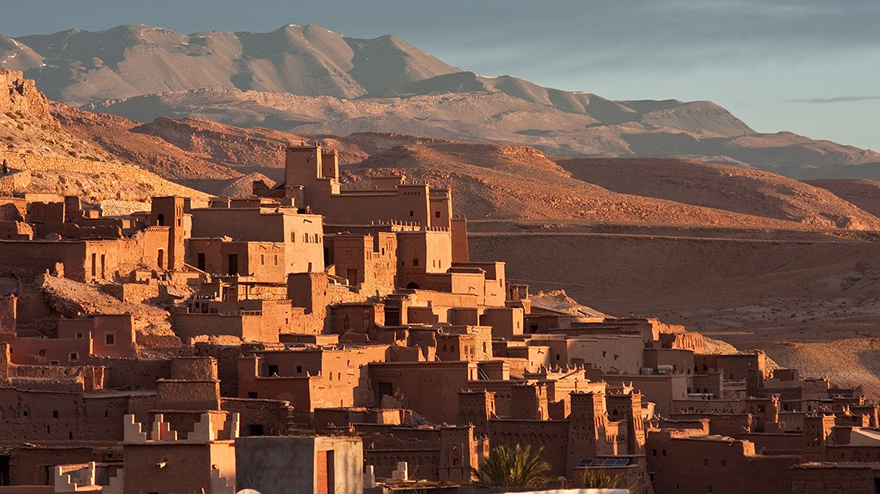
Prominent Architects of Earthen Architecture
Throughout the globe, many prominent architects have dedicated their lives to earthen architecture. They have made the awareness in the world about the diversity and durability of mud architecture. They have created projects employing traditional architectural techniques, and humanitarian architecture and incorporating them into the contemporary world. They have emphasized blending indigenous crafts and skills into contemporary architecture. Many buildings are erected to perform as autonomous buildings. An autonomous building is designed to function as self-sufficient and independent of infrastructure-related utilities such as electricity, gas, water supply, sewerage, and telecommunication services.
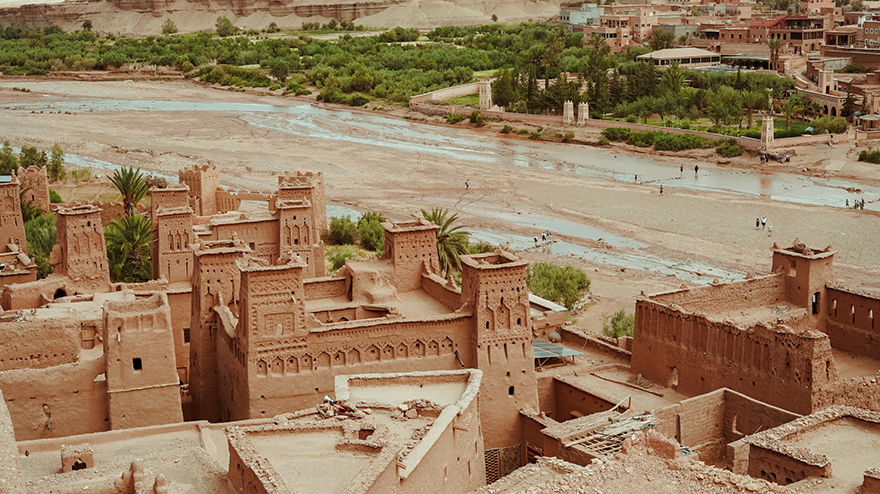
Architect Hassan Fathy ‘Architect of the Poor’
Hassan Fathy was an influential architect influenced by architecture for humanity. He focused on the use of mud and adobe in architecture and construction instead of modern contemporary building materials and modern construction methods. He was a pioneer of appropriate technology for construction in Egypt, the country where he belonged to. Appropriate technology is an approach focusing on a technology that is energy-efficient, sustainable, environmentally friendly, small scale and cost-effective.
Hassan Fathy was inspired by rural architecture and vernacular architecture. He focused on the architecture of the poor and indigenous architecture. He employed ancient building materials, vernacular architecture and design methodologies to create his projects. He gave training to local people about how to prepare their building materials and how to construct their own houses and other buildings.
Hassan Fathy built inexpensively the New Gourna village, a low-cost housing, for the people living in old Gourna in 1945. The site for New Gourna village is located on the West Bank of the Nile River in Luxor, Egypt. Inspired by Nubian indigenous architectural culture, the architect focused on vernacular architecture and traditional local materials primarily mud construction. In this village, he designed open, spacious and harmonious houses with enclosed courtyards and vaulted roof systems in a poetic language.
He also employed some old ornamental methods in his buildings such as claustra which is a kind of latticework made of mud. Design that blended traditional modes and materials with contemporary principles could never be finished. Today only some dwellings, a market and a mosque remain in the New Gourna.
Another notable project he designed is New Baris village in Egypt considering brick architecture that utilizes mud brick as the key natural building material with its natural color and texture. Much of his architectural work is designed as postmodern vernacular with an eco-friendly, energy-conservative, low cost and economical approach.

